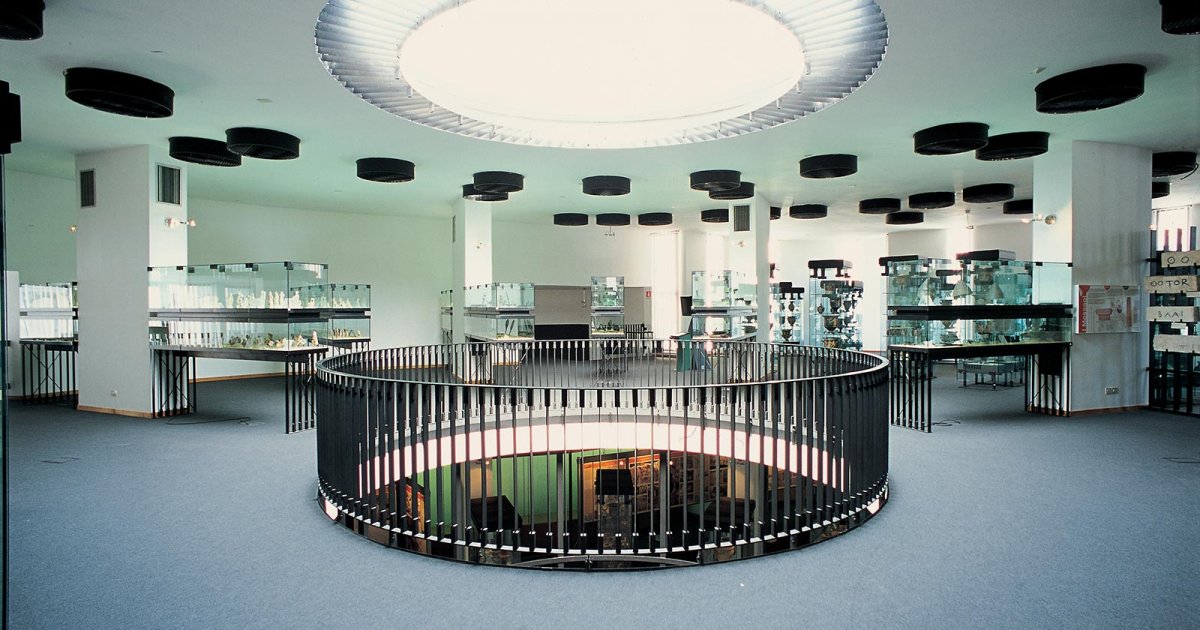CASTROMEDIANO MUSEUM, Castromediano Museum
 Language: English / USA
Language: English / USA
Hi, my name’s Scott, and I’m your personal guide. Along with MyWoWo, I’d like to welcome you to one of the Wonders of the World: the Sigismondo Castromediano Archeological Museum.
The Castromediano Museum is the oldest in Apulia, and takes visitors on a journey through the art and history of Lecce. It was founded way back in 1868 by Sigismondo Castromediano from Lecce, Duke of Cavallino, a republican and liberal patriot hostile to the Kingdom of Naples.
A member of the enlightened local aristocracy, Castromediano was a cultured archeologist and scholar, with a passion for art and history that prompted him to found this fascinating museum, with exhibits spanning from prehistorical times to the 20th century.
The museum begins with a section dedicated to Prehistory in the Salento, where you can see artifacts from 80,000 years ago, when early man inhabited caves along the coast.
The museum features a virtual reconstruction of the Deer Cave of Porto Badisco, where unknown Stone Age artists left handprints and mysterious cave paintings on the walls. It’s well worth a look since the cave itself cannot be visited.
In a modern setting on the first floor, you can admire the splendid collection of vases made in Greece 2500 years ago and bought by the wealthy Apulians of the time to adorn their homes and tombs.
You’ll also find the Topographical Museum here: the material, arranged according to origin, will accompany you throughout the history of the Salento, from the Messapians, the Balkan people who settled in the area around 3000 BC, to the Myceneans and then the Romans, who colonized the whole of southern Italy.
In the section dedicated to the Middle Ages, you can see how widely admired Venetian painting was in the 14th century among the affluent people of Apulia, who commissioned numerous fine works.
On the upper floors, in the part dedicated to Baroque art, you’ll find paintings influenced by the famous painter Caravaggio, as well as a section on modern art featuring works by contemporary artists from the Salento.
Let me leave you with an interesting fact: as a result of his revolutionary ideas, Castromediano was imprisoned and later exiled by the Bourbons, the rulers of southern Italy at the time. After Unification in 1860, however, he was even elected as a member of the Italian parliament. On his return to Lecce, he dedicated his efforts to the history of his local area, leaving this fine Museum to the city.



